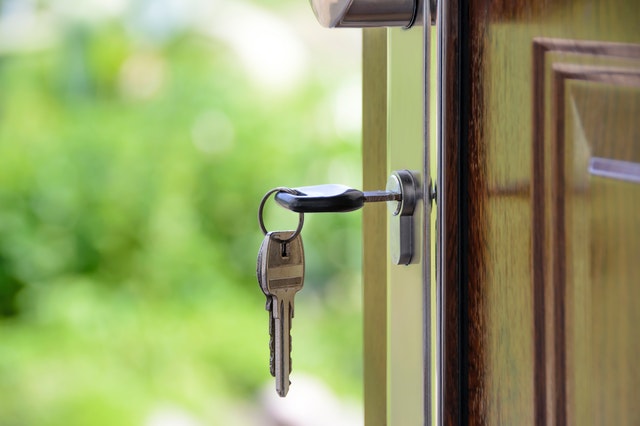How To Change Your WordPress Login URL & Block wp-admin Access
WordPress is widely used by many webmasters nowadays thanks to its power and flexibility. You can build almost anything with WordPress, from a blog to a professional eCommerce store. That’s why WordPress sites are the favorite target of hackers. To list all the WordPress security tips, I may need a book. However, I’m going to … Read more



